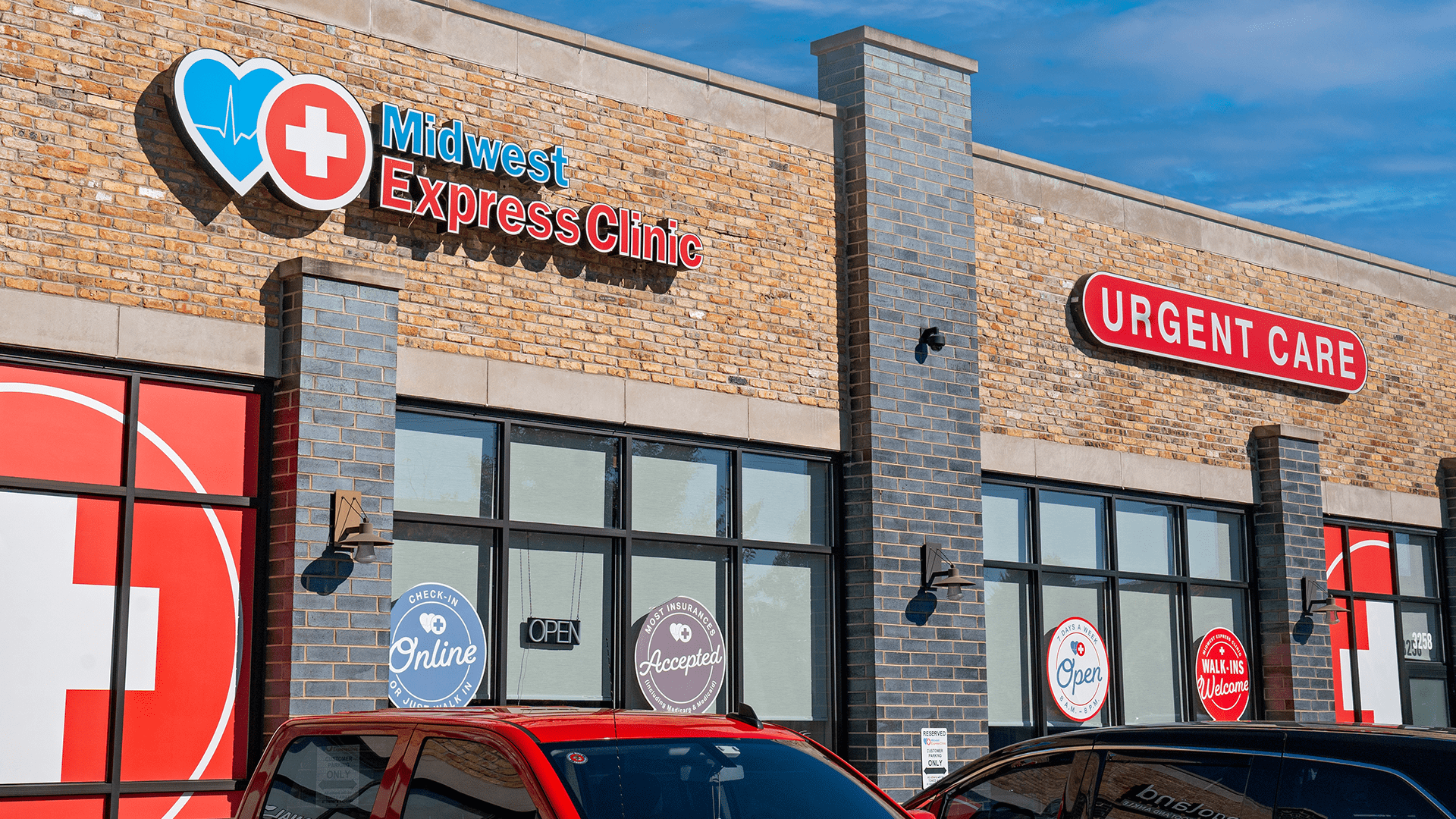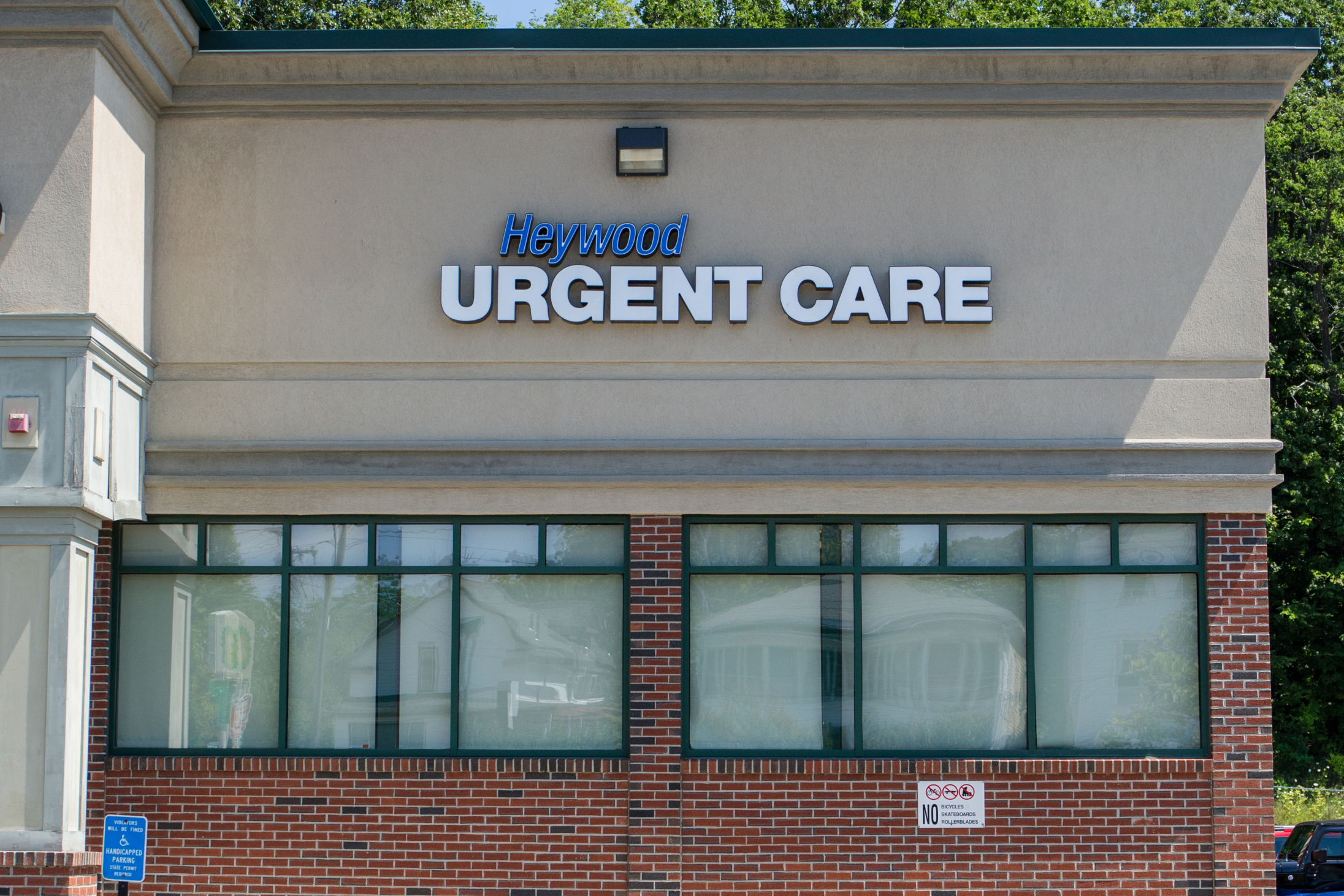Professional Recommendations on Navigating Clinic Options for Urgent Care
Professional Recommendations on Navigating Clinic Options for Urgent Care
Blog Article
Just How Urgent Treatment Clinics Enhance Accessibility to Health Care for Clients With Immediate yet Non-Emergent Medical Demands
Urgent care clinics have actually arised as a critical element in the health care landscape, dealing with the needs of patients that need instant attention for non-emergent problems. By running outside of traditional workplace hours and supplying a structured method to minor injuries and illnesses, these centers not just decrease the burden on emergency situation departments but additionally improve overall client accessibility to timely care. As we take into consideration the ramifications of this model, it comes to be crucial to take a look at exactly how immediate care clinics are changing client experiences and end results in methods that merit more exploration.
Duty of Urgent Care Clinics
Immediate care facilities play a vital role in the medical care system by offering immediate and obtainable medical solutions for non-life-threatening conditions. These centers act as a crucial bridge between health care suppliers and emergency departments, properly reducing the worry on healthcare facilities while ensuring people receive prompt treatment. By operating prolonged hours, including weekends and nights, urgent treatment clinics deal with people who might not have the flexibility to see a standard medical professional's workplace throughout common service hours.
The range of services supplied at urgent treatment facilities consists of therapy for minor injuries, diseases, and diagnostic solutions such as X-rays and lab examinations. This breadth of treatment permits patients to address a variety of health and wellness worries without the lengthy delay times commonly associated with emergency rooms. Urgent treatment facilities commonly utilize a diverse team of medical care specialists, consisting of doctors, nurse practitioners, and medical professional aides, that are geared up to handle various clinical circumstances.
Benefits of Immediate Accessibility

In addition, prompt gain access to minimizes the problem on main care companies and emergency departments by drawing away much less vital situations to appropriate settings. This relieves congestion in emergency clinic, enabling those with true emergencies to obtain the immediate care they require without unneeded delays.
Moreover, the ease of prolonged hours and walk-in accessibility means that clients can seek treatment without the requirement for appointments, which is specifically useful for individuals with uncertain routines or those that may experience sudden health and wellness issues. - Urgent Care
The access of immediate care centers fosters an aggressive method to wellness, encouraging patients to seek clinical recommendations and treatment faster instead of later on. This not just improves person fulfillment but likewise advertises a culture of preventative care, inevitably leading to much healthier communities.
Comparison With Emergency Situation Rooms
Often, patients discover themselves unclear whether to visit an immediate treatment clinic or an emergency area when confronted with a medical concern. Urgent Care. Understanding the distinctions in between these 2 healthcare choices is crucial for making informed choices. Immediate treatment clinics are created to resolve immediate however non-emergent medical issues, such as small injuries, infections, or ailments. They generally run with extensive hours, consisting of weekend breaks and evenings, supplying prompt access for clients that might not call for the extensive solutions of a hospital.
On the other hand, emergency rooms are geared up to manage lethal scenarios and serious clinical emergency situations, such as cardiovascular disease, strokes, or significant trauma. These facilities provide sophisticated diagnostic tools and expert examinations, which can result in longer wait times for patients with much less essential concerns. Typically, emergency clinic tend to be more pricey than immediate care clinics, making immediate care a more cost-efficient choice for non-emergent needs.
Ultimately, while both immediate care centers and emergency areas play crucial roles in the medical care system, comprehending their respective features allows people to select the suitable setup based on the urgency and nature of their clinical issues.
Providers Used by Urgent Care
Urgent treatment centers provide a large range of solutions tailored to attend to non-emergent medical requirements, making them a convenient choice for people seeking punctual attention. These centers are equipped to manage numerous More Info conditions, consisting of minor fractures, strains, and lacerations, which require instant treatment but do not require emergency clinic treatment.
Additionally, urgent treatment facilities provide analysis services such straight from the source as X-rays and lab examinations, allowing for quicker evaluation and treatment of diseases. People typically existing with usual conditions like colds, influenza, and infections, which can be effectively managed on-site. Additionally, immediate treatment centers often give preventive services, including inoculations and wellness testings, adding to overall public health.
One more crucial solution used is the monitoring of persistent problems aggravated by intense signs and symptoms, such as asthma or diabetes, guaranteeing people obtain prompt treatment without frustrating emergency situation services. Numerous centers likewise prolong their hours beyond conventional workplace routines, improving availability for individuals who may need care during nights or weekend breaks.
Improving Individual Results

Urgent care facilities are furnished to manage a variety of non-emergent medical issues, including small injuries, infections, and health problems. Their concentrate on easily accessible, top notch care permits people to obtain preventative solutions and appropriate therapies, cultivating better wellness administration. These clinics usually utilize a multidisciplinary strategy, integrating numerous health care specialists to guarantee thorough care.
Person education is additionally an essential part of improving results. Immediate care carriers often supply guidance on follow-up treatment, safety nets, and way of living modifications, equipping people to take an active function in their health and wellness. The combination of instant accessibility, specialist treatment, and patient education not only improves fulfillment yet additionally leads to boosted long-term health and wellness results, strengthening the worth of immediate treatment facilities in the medical care continuum.
Verdict
In summary, immediate care clinics offer an important role in boosting health care access for people with instant, non-emergent medical demands. Eventually, urgent treatment facilities are essential in connecting the gap in between primary treatment and emergency visit solutions, guaranteeing easily accessible and efficient health care for communities.
On average, emergency situation spaces often tend to be much more pricey than urgent treatment facilities, making urgent treatment a more cost-efficient choice for non-emergent needs. (Urgent Care)

Eventually, immediate care facilities are essential in connecting the void between main treatment and emergency solutions, ensuring easily accessible and efficient health care for areas.
Report this page